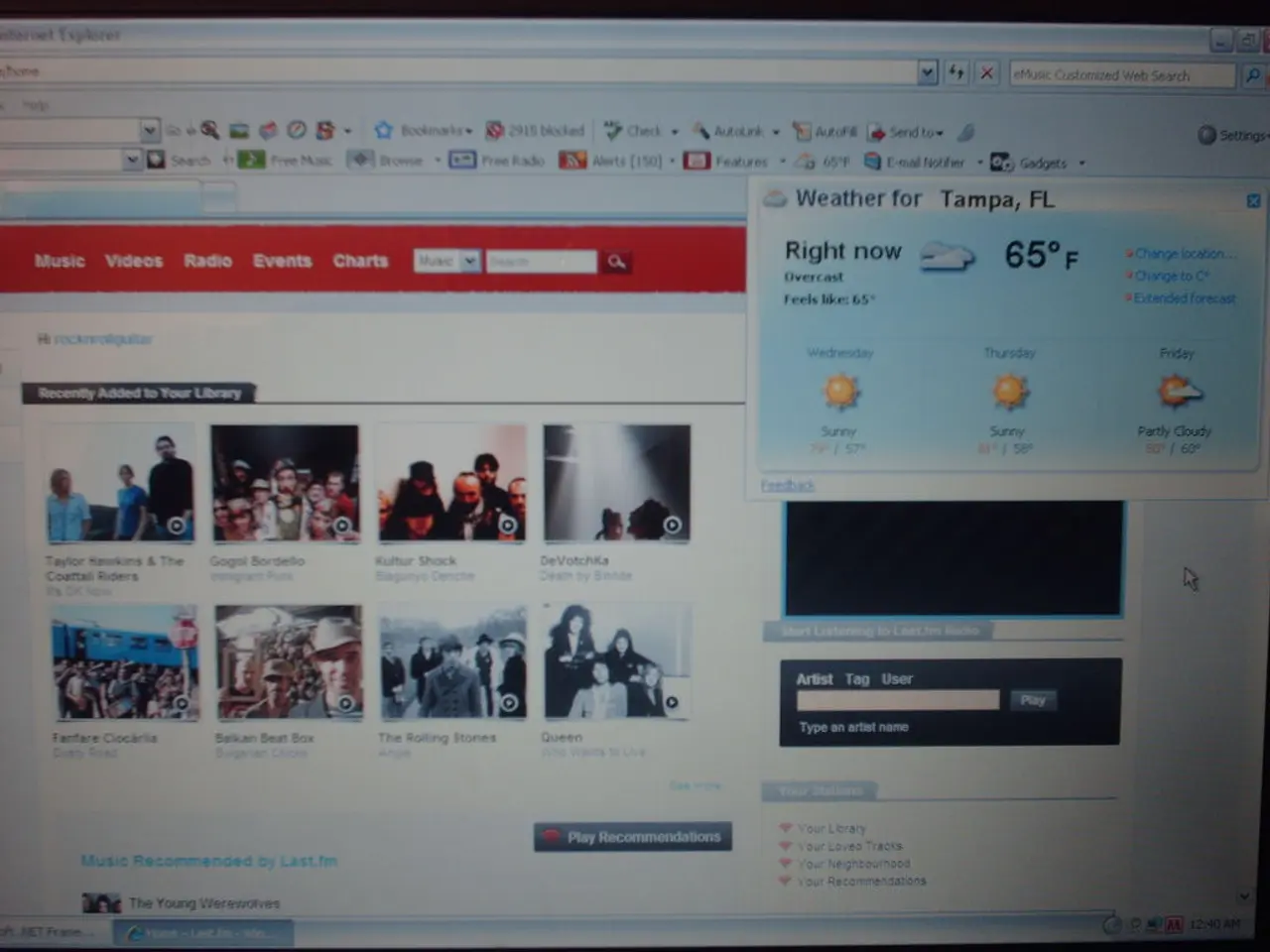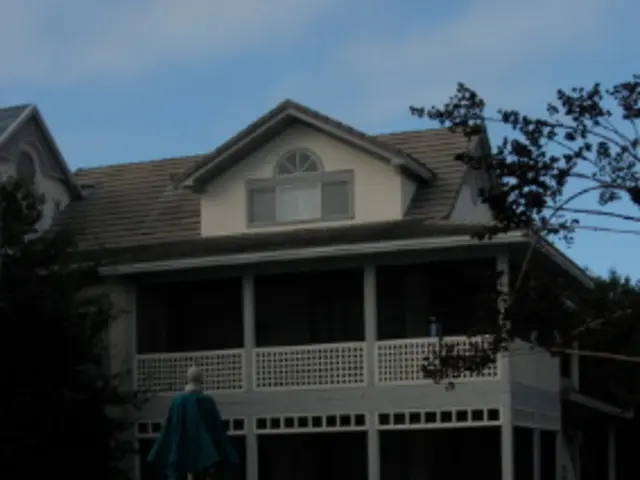Satellite Internet Service Expansion at Health Centers Through "Connect2Care" Program by Paratus Group
Paratus Connect2Care Brings High-Speed Internet to Southern African Health and Community Centres
Paratus Group, a leading provider of telecommunications services, has launched an initiative called Paratus Connect2Care. This program aims to bridge the digital divide by connecting essential institutions in Southern Africa, including Botswana, Eswatini, Kenya, Malawi, Mozambique, Rwanda, and Zambia, to critical online resources and services [1][2][3].
Powered by Starlink's Low Earth Orbit (LEO) satellite technology, Paratus Connect2Care delivers 2TB of Priority Data to eligible, officially registered health clinics and community centres [1][3]. The LEO satellites orbit much closer to the Earth compared to traditional satellite systems, reducing latency and enabling high-speed internet in remote locations lacking fiber or mobile network coverage [1].
The initiative offers a discounted rate to these registered healthcare facilities and community centers, ensuring affordable, reliable, high-speed internet with low latency in areas where it's needed most [1][3]. Paratus Group provides in-country support to maintain connectivity, emphasizing that this service enables healthcare providers and community organizations to access vital online services that can save lives and strengthen community support [1].
Applicants for Paratus Connect2Care must provide proof of official registration to qualify. The aim of the initiative is to provide uninterrupted connectivity for the institutions it serves, ensuring they can access critical online services without compromise [1][3].
Schalk Erasmus, CEO of Paratus Group, stated that Paratus Connect2Care is about connecting with purpose and connecting to care [5]. It's not just delivering internet, but the means to save lives, strengthen community services, and create lasting impact in areas where it's needed most.
In summary:
- Provider: Paratus Group
- Technology: Starlink’s Low Earth Orbit (LEO) Satellite internet
- Target Users: Registered health clinics and community centres in Southern African countries
- Data Allowance: 2TB Priority Data
- Benefits: Affordable, reliable, high-speed internet with low latency in remote areas
- Supported Countries: Botswana, Eswatini, Kenya, Malawi, Mozambique, Rwanda, Zambia
- Purpose: Connect underserved health and community centres to critical online resources and services
Sources: [1] Paratus Group. (n.d.). Paratus Connect2Care. Retrieved from https://www.paratus.co.zm/paratus-connect2care/ [2] Starlink. (n.d.). About Starlink. Retrieved from https://www.starlink.com/about [3] Starlink. (n.d.). Starlink in Africa. Retrieved from https://www.starlink.com/africa [4] TechCentral. (2021, September 13). Paratus Connect2Care brings satellite internet to underserved African communities. Retrieved from https://www.techcentral.co.za/paratus-connect2care-brings-satellite-internet-to-underserved-african-communities/ [5] Paratus Group. (2021, September 13). Paratus Connect2Care: Connecting with Purpose. Retrieved from https://www.paratus.co.zm/paratus-connect2care-connecting-with-purpose/
- The technology powering Paratus Connect2Care is Starlink's Low Earth Orbit (LEO) satellite internet, known for delivering high-speed internet in remote locations where fiber or mobile network coverage is lacking.
- Provider Paratus Group is offering 2TB of Priority Data to eligible, officially registered health clinics and community centers in Botswana, Eswatini, Kenya, Malawi, Mozambique, Rwanda, and Zambia through their initiative Paratus Connect2Care.
- The aim of Paratus Connect2Care is not merely to deliver internet but to provide the means for healthcare providers and community organizations to access vital online services, potentially saving lives and strengthening community support.
- By offering a discounted rate and providing in-country support, Paratus Group ensures affordable, reliable, high-speed internet with low latency, targeting registered health clinics and community centres in Southern Africa. This initiative aligns with the health-and-wellness and science sectors as it aids in improving healthcare services through technology and satellite communication.




